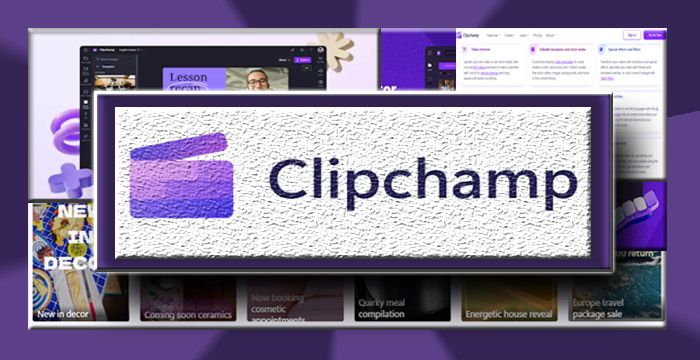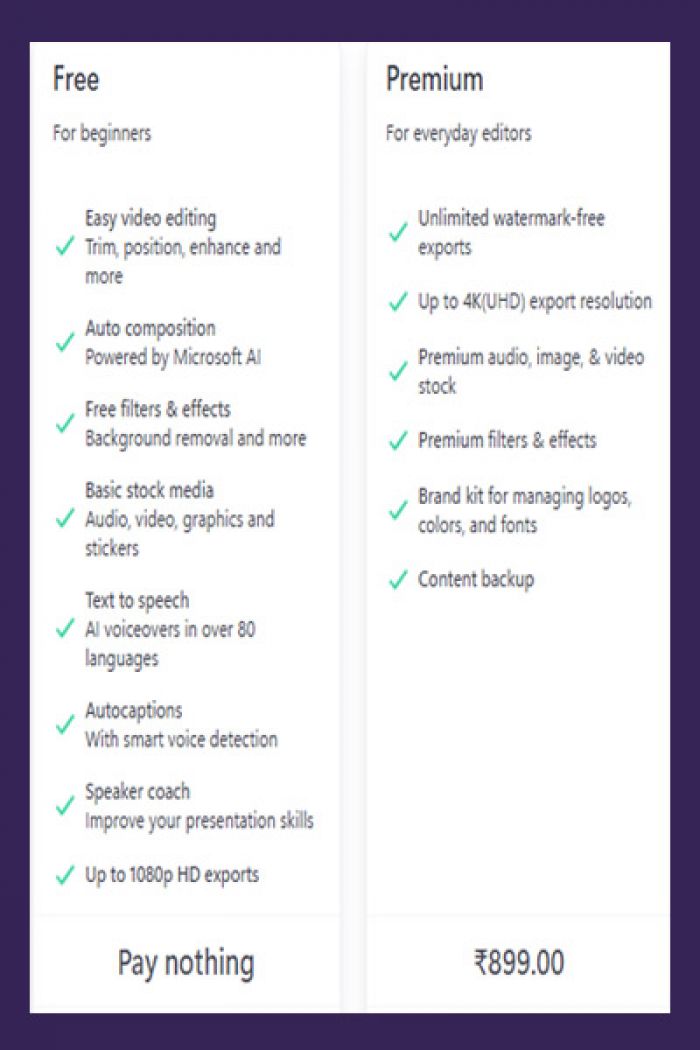Understanding Video Editing Tools
Video editing tools are essential in modern digital communication. From educational tutorials to corporate presentations and social media content, videos are widely utilized across various sectors. These tools help users modify raw footage, enhance audio-visual quality, and create content suitable for different platforms.
Modern editing solutions range from basic trimming to advanced features such as AI-generated subtitles and automated compositions. The choice of tool depends on the user’s requirements, technical expertise, and the nature of the content being produced.

Relevance of Video Editors in Today’s Context
The demand for video content continues to grow across industries. Educational institutions utilize recorded lectures, businesses create product demos and marketing assets, and individuals share short-form content on social media platforms. Video editing software provides the essential functionality to manage, customize, and refine content for these purposes.
These tools also enable users to maintain consistency in branding, manage multi-platform publishing needs, and save time through automated features. The growing reliance on visual content has made video editors a regular component of many workflows.
Who Uses Video Editing Software?
Video editors serve a wide range of users:
- Professionals in marketing, training, and communications.
- Educators and trainers creating tutorials or e-learning content.
- Students preparing academic presentations or digital projects.
- Social media managers handle content for platforms like YouTube, Instagram, and TikTok.
- Small business owners producing in-house promotional material.
The accessibility of browser-based and freemium platforms has expanded the user base to include those without prior technical experience.
Introduction to Clipchamp
Clipchamp is a web-based video editing platform owned by Microsoft. It is designed to offer a set of core and AI-supported tools within a browser interface. Users can access standard editing functionalities such as trimming, cropping, and transitions, along with features like AI voice generation, subtitle automation, and brand asset management.
The tool does not require local software installation, as editing is performed in the browser. This will be suitable for users seeking basic to intermediate editing features without relying on system-intensive applications.
Core Features of Clipchamp
Below is a summary of key features provided by Clipchamp and their typical applications:
| Feature | Function |
| Video Editor | Trim, split, crop, and arrange clips on a timeline interface. |
| AI Voiceover Generator | Converts text into speech in multiple languages. |
| Subtitle Generator | Automatically adds captions using voice detection. |
| Green Screen Tool | Replaced or removed backgrounds using chroma key. |
| Audio Enhancer | Improves sound quality by adjusting the volume and reducing noise. |
| Brand Kit | Allows the uploading of logos, fonts, and colour palettes for branding. |
| Templates Library | Provides editable video layouts for different platforms. |
| Screen & Webcam Recorder | Records screen and camera simultaneously. |
| AI Auto Compose | Automatically create highlight videos and presentations. |
These features can support users in creating instructional videos, product showcases, tutorials, and social media content.
Pricing Structure
Clipchamp offers a free plan and a premium plan with extended capabilities. Pricing is available on a monthly or yearly basis:

| Plan | Features | Price |
| Free | Basic editing, up to 1080p exports, limited stock, AI subtitles, and voiceovers | ₹0 |
| Premium (Monthly) | 4K exports, no watermark, premium media, brand kit, content backup | ₹899/month |
| Premium (Yearly) | Same features as the monthly plan, billed annually | ₹8,999/year (₹749.92/month) |
The free version will be suitable for basic editing needs, while the premium tier provides higher-quality exports and more media resources.

Evaluation: Strengths and Limitations
Strengths
- Browser-based usage; no need for local installation.
- Includes AI-supported features such as voiceovers and subtitle generation.
- Offers platform-specific templates for different content types.
- Microsoft account integration for cloud-based access and backup.
Limitations
- Some features are limited or watermarked in the free version.
- Not intended for advanced editing tasks or cinematic projects.
- Requires stable internet connectivity for smooth operation.
Comparable Alternatives
Users exploring options similar to Clipchamp may also consider:
- Canva Video Editor: Focuses on design-centric video creation and templates for social media.
- InVideo: Offers AI-powered video generation and a wider selection of templates for marketers.
- Kapwing: Cloud-based editing with collaboration support and content repurposing tools.
Each platform varies in features, pricing, and user experience. The selection depends on the project scope and specific editing needs.
Conclusion
Clipchamp provides a web-based video editing environment that integrates standard and AI-enhanced tools. It will be suitable for users seeking a balance between ease of use and functionality for tasks such as tutorial creation, presentations, and content for digital platforms. The availability of a free version with essential features allows users to explore its capabilities before opting for a paid plan. As with any tool, its effectiveness depends on the requirements and expectations of the end user.
Post Comment
Be the first to post comment!




